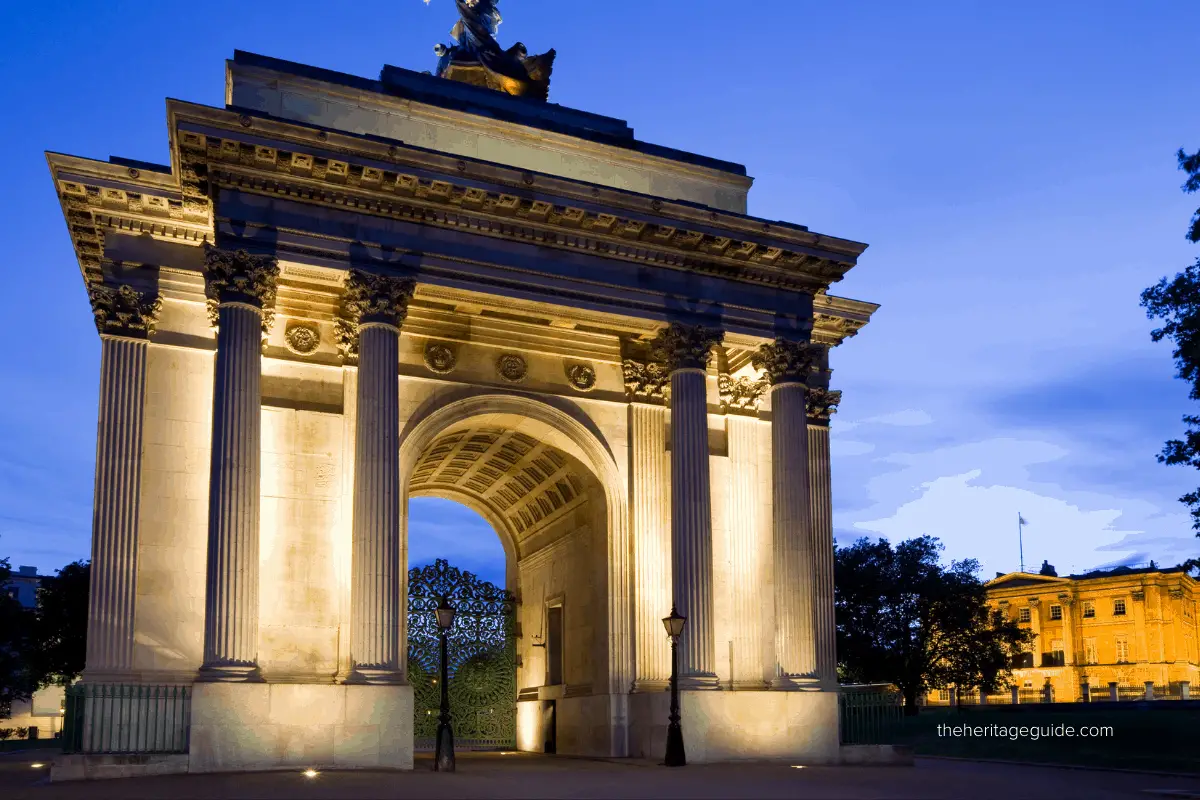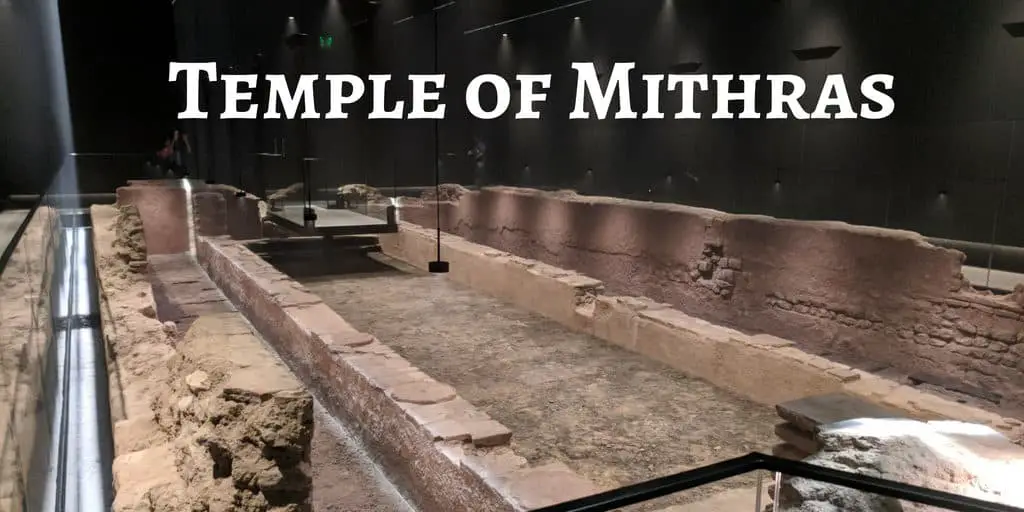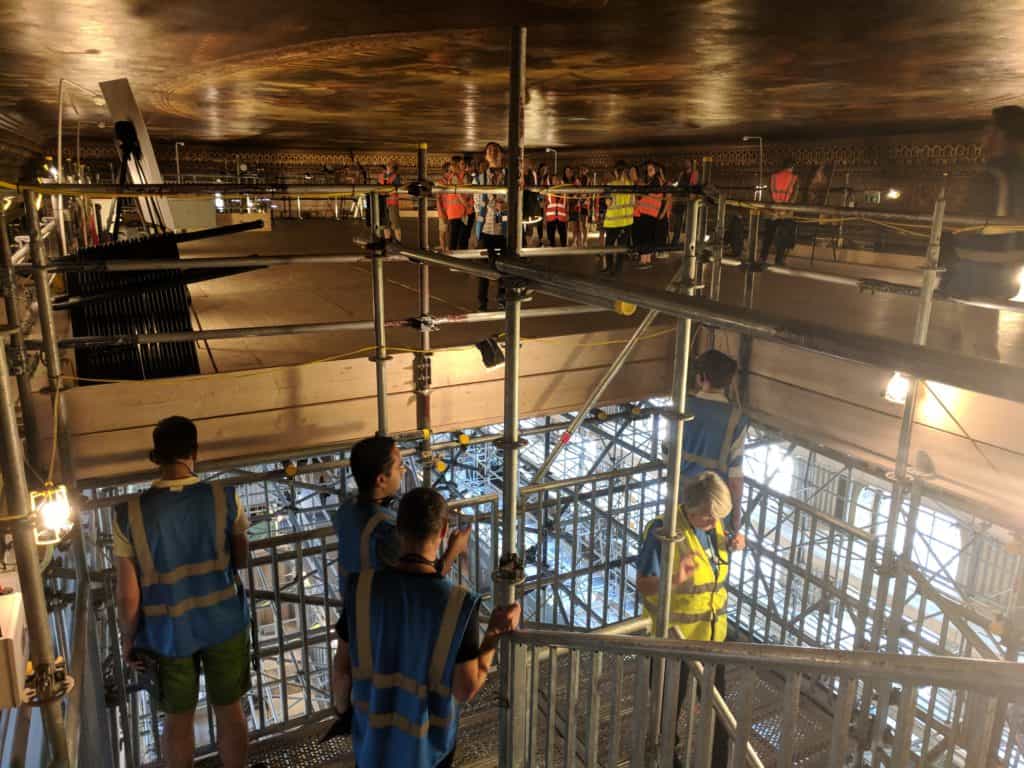Wellington Arch London was designed originally to create a grand entrance into London. The first designs were completed by a man called John Soane. John Soane designed many famous buildings all over London, including the Bank of England.
In 1815 the Duke of Wellington won against Napoleon in the Battle of Waterloo and the following year, the government at the time, was so delighted with the win that they dedicated £300,000 to celebrating the victory against Napoleon and finding ways to commemorate this win. Due to all the admin and labour that’s involved in creating a massive arch it was almost ten years after the Duke’s battle win that the initial plans for the arch were completed.
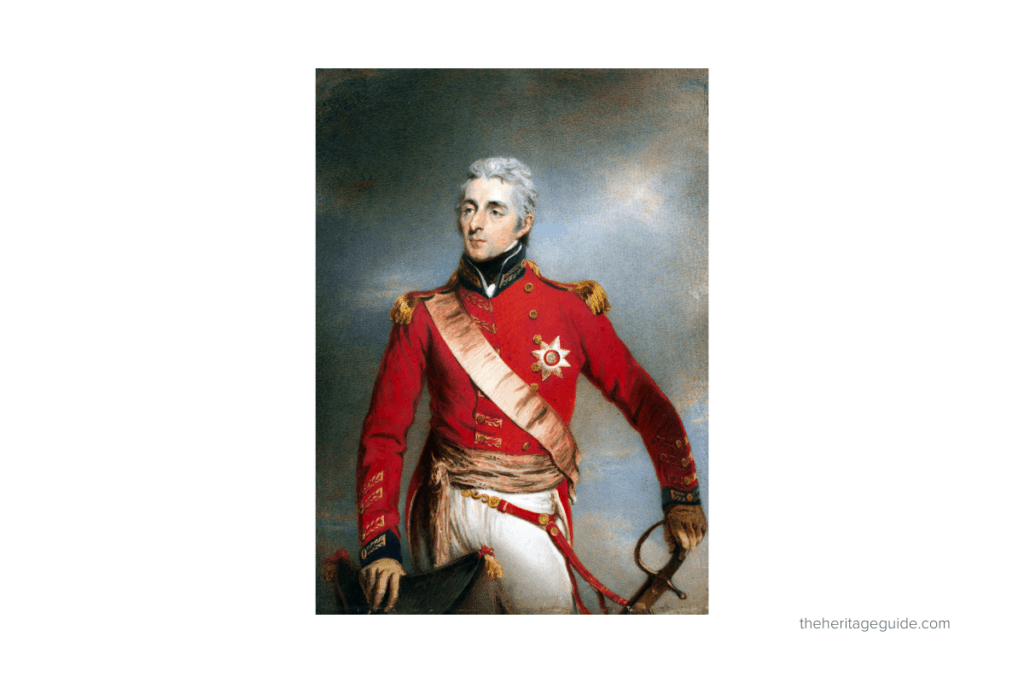
As the Duke of Wellington’s House was located nearby, it was decided that the arch should feature a statue of Wellington on top to celebrate his win.
A statue was created and finally added on top of the arch in 1847 and it actually caused quite a lot of controversy, because it was absolutely massive and disproportionate to the arch. People thought it looked completely ridiculous and there was so much dismay over this giant statue that the government wanted the statue removed. Even Queen Victoria complained that it was an eyes sore to her view from Buckingham Palace. It was only because the Duke of Wellington himself said that he would be mortified if the statue was removed, and that he would take it’s removal very personally that the statue stayed on top until after his death.
In 1883 because the roads were being redesigned, the statue was swiftly removed and taken to Aldershot where you can still go and see it.
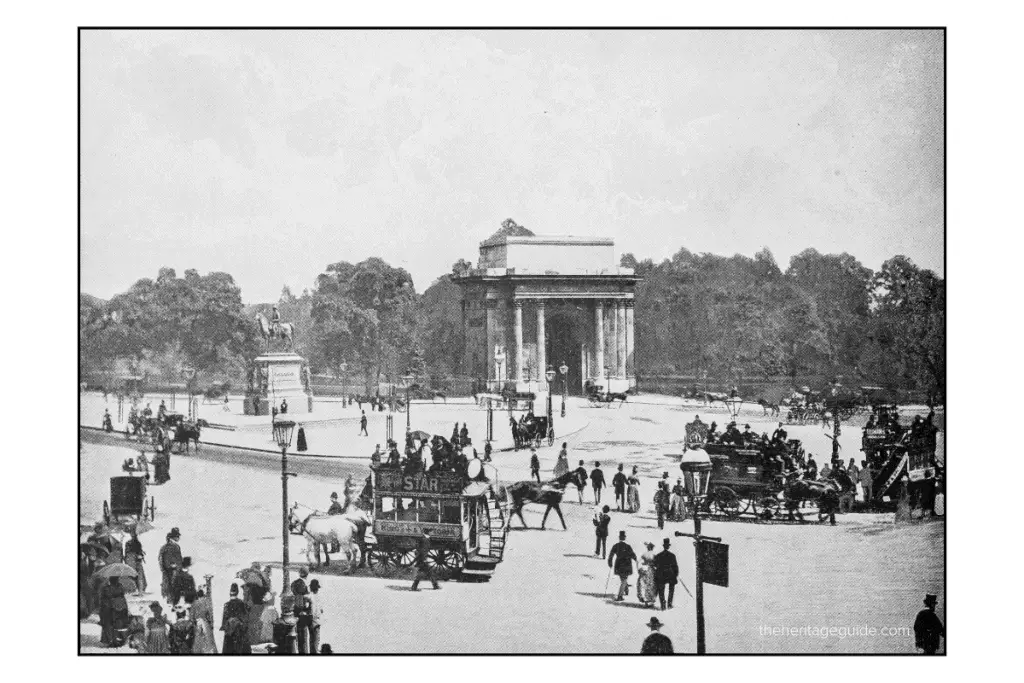
Wellington Arch London Statue
The current statue on top is a bronze quadriga, which was erected in 1912 and is still to this day the largest bronze sculpture in Europe. Since the quadriga was added to the top, the arch has served a few different functions including a park keepers residence and also a police station up until the 1950s – thought to have been the smallest one!
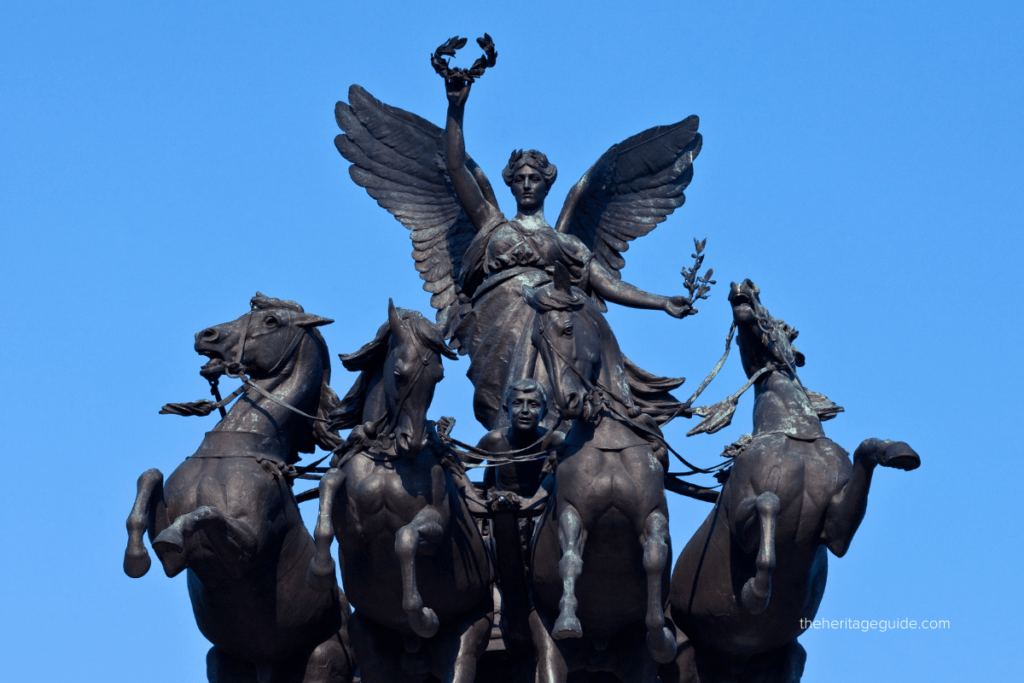
Today, the Wellington Arch is run by English Heritage and now you can even hire out the arch and have parties up there for a small cost.
Aspley House
Aspley House is close to Wellington Arch. Aspley House was once home of the Duke of Wellington, who not only is the guy after whom wellington boots are named, but he was also a famous military figure, after which Wellington Arch is named.
When the Duke of Wellington lived in Aspley House, it was known as number one London. You might be wondering how does someone get an address as memorable as that in central London? Well, when Wellington lived here most of the outer suburbs of London were the countryside, and as you rode into London on your horse or in your carriage, there would have been a tollgate not far away from the arch that meant you were entering the city. This grand house would have been one of the first buildings you saw as you entered London, which is why it was referred to as number one London.
There is museum in John Soanes former house, where you can actually see the original plans of this arch and some of his other buildings and I recommend you visit if you have chance – it’s completely free to visit too!

